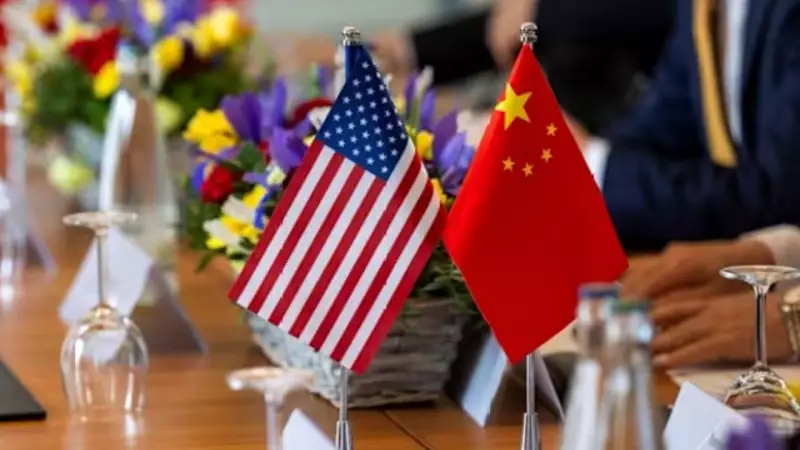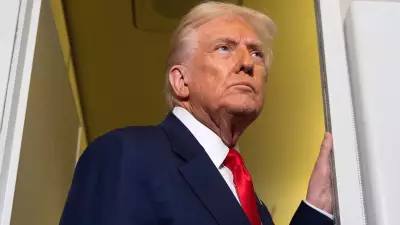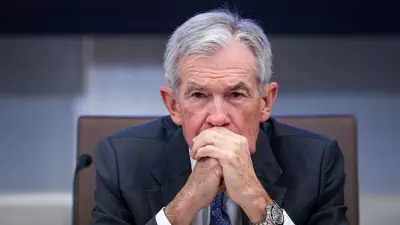
In a dramatic shift that has captured global attention, the recent high-stakes meeting between former US President Donald Trump and Chinese President Xi Jinping has ushered in a new era of reduced trade tensions between the world's two largest economies. This diplomatic breakthrough marks a significant departure from the escalating tariff wars that have characterized recent years.
Key Outcomes from the Meeting
The discussions yielded several important developments that could reshape international trade dynamics:
- Tariff Reductions: Both nations have agreed to scale back certain punitive tariffs that had been weighing heavily on bilateral trade
- Market Access: Preliminary agreements have been reached regarding improved market access for specific industries
- Technology Cooperation: A framework for limited technology collaboration has been established, though with certain safeguards
Sector-by-Sector Impact Analysis
Semiconductors & Technology
The semiconductor industry, which had been at the epicenter of the trade conflict, stands to benefit significantly. Restrictions on certain chip exports may be eased, though critical national security concerns remain addressed.
Electric Vehicles & Green Technology
Chinese electric vehicle manufacturers, who had been facing potential steep tariff increases, can now breathe somewhat easier. The agreement provides a more predictable trade environment for the EV sector.
Agricultural Exports
American farmers, who had been caught in the crossfire of trade disputes, may see restored access to the valuable Chinese market for key commodities including soybeans and wheat.
What This Means for Global Trade
This development signals a potential stabilization in global supply chains that had been disrupted by years of uncertainty. While comprehensive details are still emerging, the initial agreement suggests both nations recognize the mutual benefits of cooperation over confrontation.
However, experts caution that this represents a cooling of tensions rather than a complete resolution of underlying strategic competition. The relationship remains complex, with technology leadership and geopolitical influence continuing as points of contention.
The international business community has largely welcomed these developments, hoping for increased predictability in cross-border trade and investment flows between the economic superpowers.





